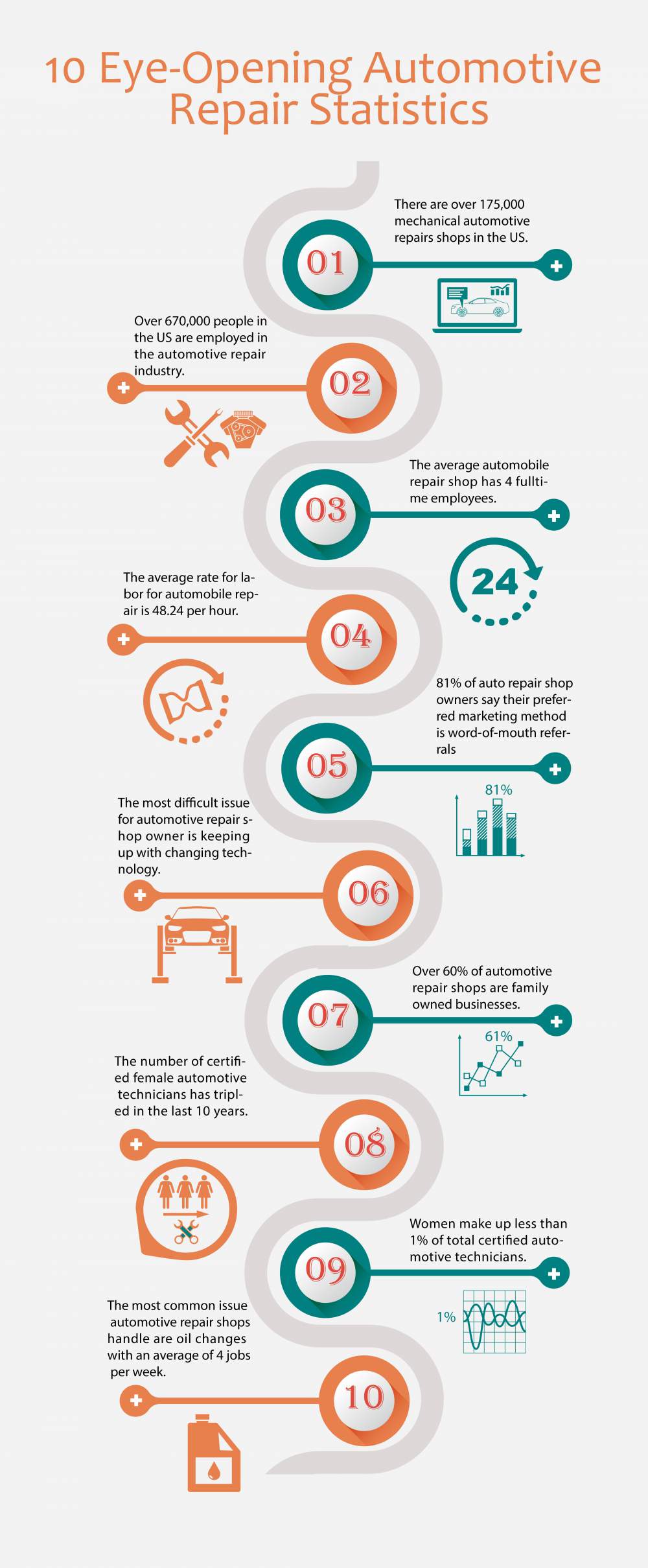Grasping The Value Of Your Auto'S Warning Signals: What They In Fact Stand For
Grasping The Value Of Your Auto'S Warning Signals: What They In Fact Stand For
Blog Article
Author-Samuelsen Corbett
When you're behind the wheel, those glowing warning lights on your dashboard can be a little bit difficult. Do you understand what they're trying to inform you about your car's wellness? Comprehending the significance of these lights is crucial for your safety and the longevity of your automobile. So, the next time one of those lights appears, would not you wish to analyze its message precisely and take the required actions to address it?
Common Warning Lights and Interpretations
Identify typical caution lights in your automobile and recognize their definitions to ensure risk-free driving.
The most common warning lights include the check engine light, which indicates issues with the engine or emissions system. If this light comes on, it's crucial to have your automobile examined promptly.
The oil stress advising light shows low oil pressure, requiring immediate attention to stop engine damage.
Read This method blinking battery light could recommend a defective charging system, possibly leaving you stranded otherwise resolved.
The tire pressure monitoring system (TPMS) light alerts you to reduced tire stress, affecting automobile security and gas efficiency. Neglecting this might result in hazardous driving conditions.
The ABS light shows a trouble with the anti-lock braking system, jeopardizing your capacity to quit promptly in emergency situations.
Lastly, the coolant temperature level cautioning light warns of engine overheating, which can result in serious damages if not solved quickly.
Comprehending these common caution lights will help you resolve issues quickly and preserve risk-free driving conditions.
Significance of Prompt Focus
Recognizing the typical warning lights in your vehicle is just the primary step; the significance of promptly attending to these cautions can't be highlighted enough to guarantee your safety and security on the road.
When a caution light brightens on your dashboard, it's your cars and truck's way of communicating a prospective concern that needs focus. Disregarding these cautions can bring about extra extreme issues later on, jeopardizing your safety and security and potentially costing you more out of commission.
Prompt interest to cautioning lights can avoid break downs and crashes. As an example, a blinking check engine light could show a misfire that, if left unattended, could cause damage to the catalytic converter. Addressing this without delay can save you from an expensive repair.
Likewise, a brake system warning light could signal low brake liquid or worn brake pads, crucial elements for your security when driving.
DIY Troubleshooting Tips
If you observe a caution light on your control panel, there are a couple of do it yourself fixing ideas you can attempt before seeking professional help.
The primary step is to consult your automobile's manual to understand what the specific warning light shows. In https://www.seattletimes.com/business/auto-parts-shortages-push-repair-shops-to-get-creative-place-stress-on-customers/ can be as straightforward as a loose gas cap causing the check engine light. Tightening up the gas cap might solve the problem.
Another common problem is a low battery, which can cause different alerting lights. Checking the battery links for corrosion and ensuring they're secure might deal with the problem.
If a caution light persists, you can attempt resetting it by separating the vehicle's battery for a few minutes and after that reconnecting it. Furthermore, inspecting your vehicle's liquid levels, such as oil, coolant, and brake fluid, can assist troubleshoot advising lights connected to these systems.
Verdict
To conclude, understanding your automobile's caution lights is necessary for keeping your car running efficiently and safely. By quickly attending to these informs and recognizing what they imply, you can prevent costly repair work and possible break downs.
Keep in mind to consult your cars and truck's guidebook for specific details on each cautioning light and do something about it appropriately to make certain a trouble-free driving experience.
Remain informed, stay safe when traveling!
